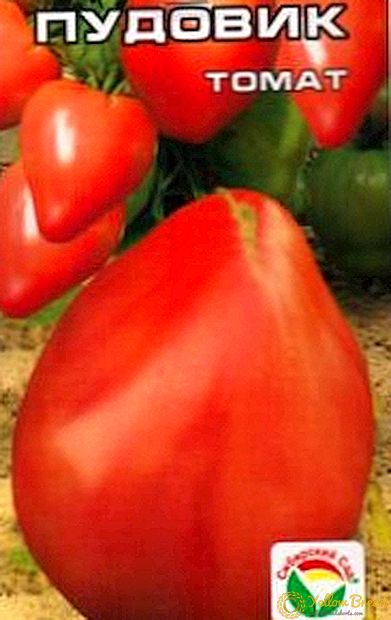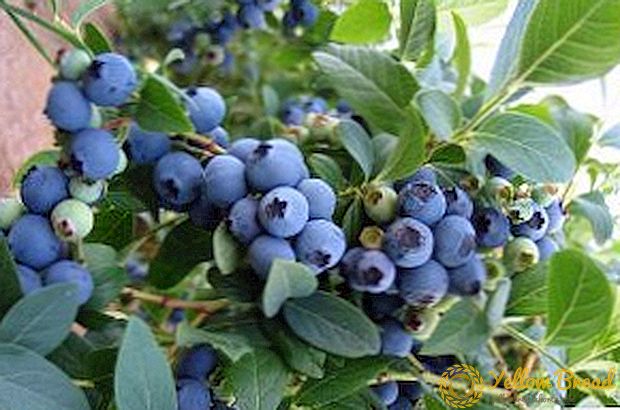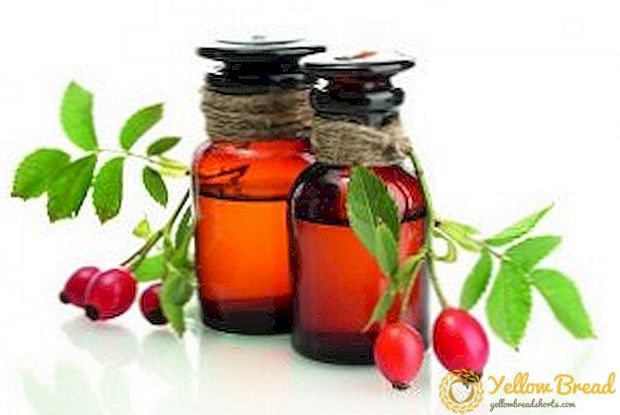 Many gardeners, especially those who have to work in conditions of high humidity and marshiness of the soil, often face the problem of various fungal diseases in plants. Special preparations developed by scientists, called fungicides, are called upon to overcome this attack. One of these drugs is the fungicide "Healer", the characteristics and use of which will be discussed in this article.
Many gardeners, especially those who have to work in conditions of high humidity and marshiness of the soil, often face the problem of various fungal diseases in plants. Special preparations developed by scientists, called fungicides, are called upon to overcome this attack. One of these drugs is the fungicide "Healer", the characteristics and use of which will be discussed in this article.
- Composition, release form, packaging
- Culture
- Harmful object
- Benefits
- Mechanism of action
- Method of application and consumption rates
- Security measures
- Term and storage conditions
Composition, release form, packaging
The main active substances that are part of this drug are mancozeb (0.640 mg per 1 g of the drug) and metalaxyl (0.008 mg per 1 g of the drug), which, respectively, are included in a number of chemicals dithiocarboxylic acids and acylanines.
In addition to these substances, the composition also includes various additives that contribute to better absorption of the drug by plants and prevent the precipitation of the drug in the sediment after dilution. 
The Healer's packages contain information about the manufacturer, the name of the active substance, the “not for eating” labeling, trademarks, the number of the state registration certificate, the label “fungicide”, the recommended dosage and short instructions for use.
Culture
This drug has a fairly wide spectrum of action and is well suited for processing a huge list of various cultivated plants - tomatoes, onions, watermelons, melons, cucumbers, potatoes and grapes.

Harmful object
This drug is active and successful. used to prevent the following diseases:
- Gray rot and downy mildew in onions and cucumbers.
- Alternaria, downy mildew, late blight in tomatoes.
- Late blight and Alternaria in potatoes.
- Downy mildew and powdery mildew in watermelons and melons.
- Gray rot, peronosporosis and Alternaria in winter and spring rape.
- Black spot, white and gray rot, mildew in the vineyards.
- Downy mildew in hops.
Benefits
The main advantages of this drug are:
- Resistance to water treatments, including rain.
- The ability to penetrate into parts of plants that were not directly processed.
- When processing potatoes before placing it in the vegetable store, it is capable of providing long-lasting and durable protection.
- After treatment contributes to the resistance of crops to various diseases.
- Increases average productivity due to reduction of losses in the course of aging.
- Able to provide reliable and durable protection of your plants, even under adverse environmental conditions.
Mechanism of action
The main principle of impact "Healer" on plants of any type - contact system.  Metalaxyl, one of the main active ingredients of this product, is absorbed by your culture at a sufficiently high rate and is evenly distributed throughout its structure, thus forming a reliable barrier for various pathogens of fungal diseases, regardless of the intensity of the infection process.
Metalaxyl, one of the main active ingredients of this product, is absorbed by your culture at a sufficiently high rate and is evenly distributed throughout its structure, thus forming a reliable barrier for various pathogens of fungal diseases, regardless of the intensity of the infection process.
This substance inhibits the development of mycelium inside the plant, has a pronounced post-contagious activity and inhibits the formation of spores.
The second of the substances - mancozeb - is a contact action fungicide, which is aimed at the formation of external protection against pathogens by forming some similarity of "protective film". In addition, the presence in the tool of this component prevents the possible occurrence of tolerance to the action of the fungicide in disease-causing organisms.
Method of application and consumption rates
Before using the healer fungicide, we strongly recommend that you carefully study the instructions for use. Before spraying, it is necessary to make a working solution: for every 25 g of the preparation, 10 liters of water should be taken. After thorough mixing, we get a ready-to-use product.
This tool should be used as a preventive. This means that spraying should be done. before the first symptoms and even more so before the development of a full-fledged picture of the disease.  Spraying of hops, cucumbers, melons, onions, tomatoes, watermelons and potatoes must be done during the growing season. All subsequent processing must be done at intervals of 10-14 days.
Spraying of hops, cucumbers, melons, onions, tomatoes, watermelons and potatoes must be done during the growing season. All subsequent processing must be done at intervals of 10-14 days.
Spraying of vineyards is made after the appearance of their 4th leaf, that is, during the period of active growth of the vine. The interval between treatments should be at least 10 days, and the last treatment should fall on the 12th day after the start of flowering of the plant.
Cost rates for processing of various cultures by this means:
- For tomatoes - 2.5 kg / ha.
- For rapeseed - 1.8-2.5 kg / ha.
- For potatoes, cucumbers, watermelons, melons, onions - 2.5-3 kg / ha.
- For hops and grapes - 3 kg / ha.
Security measures
This substance belongs to the 3rd class of danger to humans. This means that in the process of working with him it is necessary to observe personal safety measures, wearing protective suits, goggles, rubber gloves and putting on a respirator.
In the case of inhalation of a product or its ingress into the mouth, it is necessary to rinse the mouth with plenty of water and bring the victim to fresh air.
Term and storage conditions
The substance must be kept out of the reach of children and animals, away from sources of open flame and direct sunlight. Avoid contact with the surfaces that are involved in cooking, and the dishes from which it is taken. Shelf life - 5 years.  Remember that using this tool, you must strictly adhere to the rules of personal safety and in any case do not allow it to fall on unprotected parts of your body. We hope that this article and this tool will help you in the fight against the ailments that hit your plants.
Remember that using this tool, you must strictly adhere to the rules of personal safety and in any case do not allow it to fall on unprotected parts of your body. We hope that this article and this tool will help you in the fight against the ailments that hit your plants.






